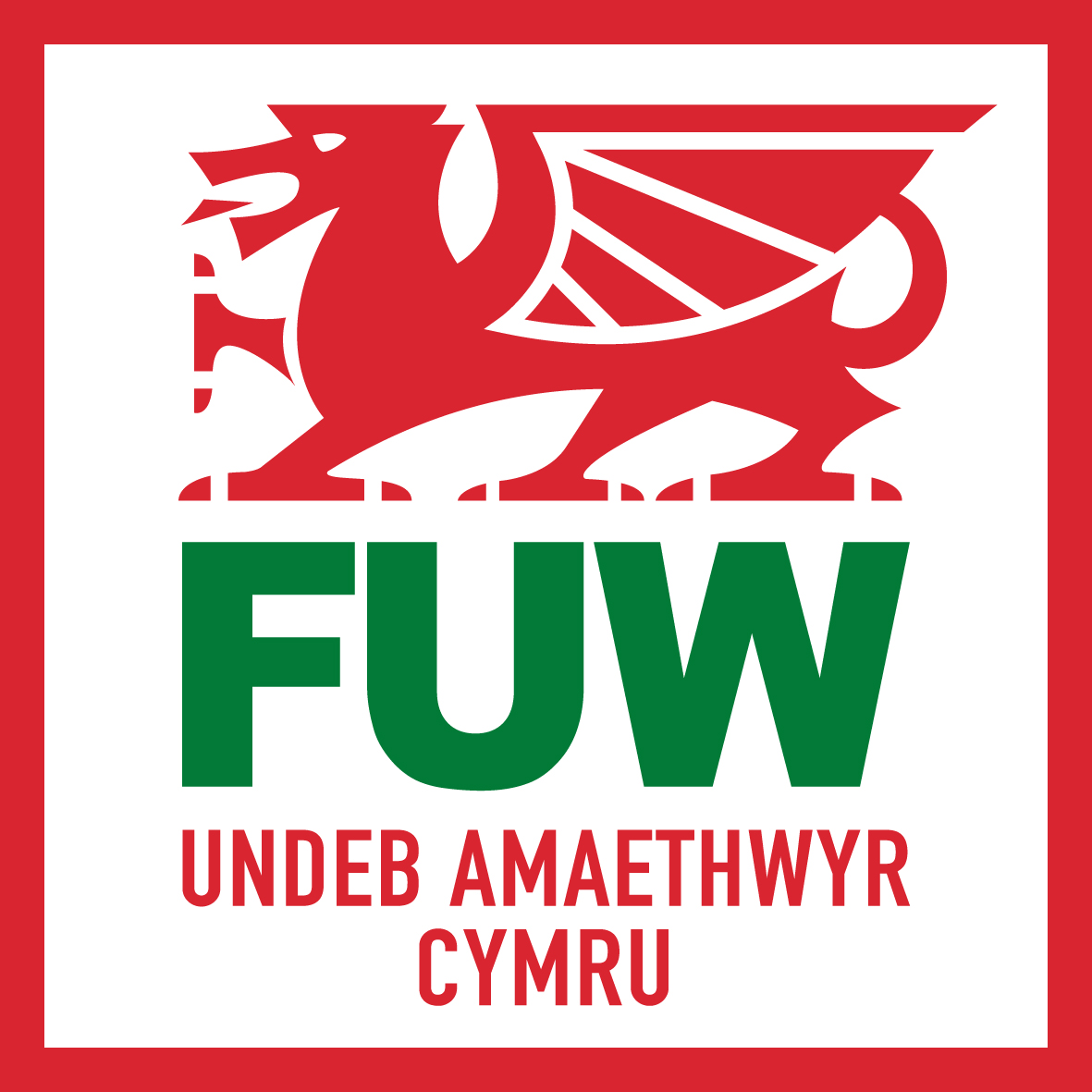 The Farmers’ Union of Wales has welcomed the Welsh Government’s announcement that it will consider a badger test-and-cull type approach to TB as a small step in the right direction, but says many farmers will be concerned at the implications of splitting Wales into TB zones.
The Farmers’ Union of Wales has welcomed the Welsh Government’s announcement that it will consider a badger test-and-cull type approach to TB as a small step in the right direction, but says many farmers will be concerned at the implications of splitting Wales into TB zones.
The proposals, announced as part of a TB eradication programme consultation launched by Cabinet Secretary Lesley Griffiths on Tuesday (October 18), include splitting Wales into five regions – one ‘low TB’ area, two ‘intermediate TB’ areas and two ‘high TB’ areas, with differing approaches to eradication in each area.
Speaking at the Senedd in Cardiff shortly after the Cabinet Secretary’s announcement, FUW President Glyn Roberts, said: “The proposal to split Wales into zones based upon TB levels will be welcomed by some, and opposed by others, and we will be responding to these once we have consulted with our membership.
“Targeting infected badgers would be a welcome move, but it is disappointing that it has taken so many years to move back towards common sense after the original comprehensive plan to tackle the disease in wildlife was abandoned by the previous Welsh Government.”
The consultation document – entitled ‘A Refreshed TB Eradication Programme’ – acknowledges the role played by wildlife in transmitting TB, stating that 6.85 percent of badgers found dead since September 2014 tested positive for TB.
According to the latest figures released by DEFRA, the equivalent figure for Welsh cattle is around 0.4 percent.
“This equates to around 1 in every 15 badgers testing positive for the disease, compared with 1 in every 225 cattle, meaning the level of disease in badgers is around 15 times higher than in cattle,” added Mr Roberts.
However, Mr Roberts said it was important to acknowledge that the disease was not present in wildlife in all areas of Wales.
“In some areas there will be no infection in wildlife, while in others the level will be high. We therefore need to target all sources of infection appropriately.”
Mr Roberts said the FUW would be responding in full to the consultation document after consulting with its county branches.


